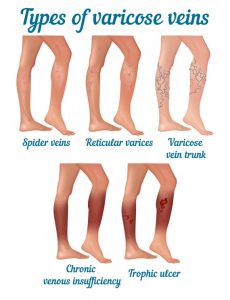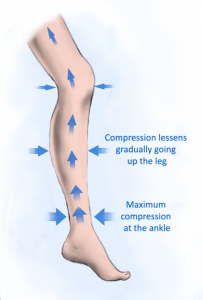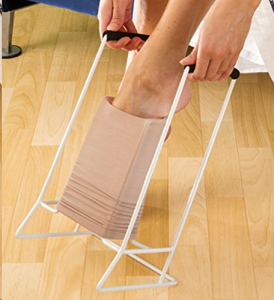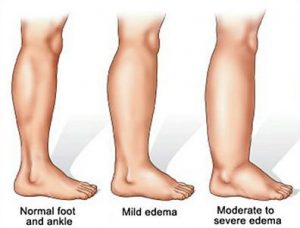Going somewhere? Do you need compression socks?
Rebecca here, today I want to help answer a couple of questions that often get asked at this time of the year from those who like to escape the cooler weather.
“Do I need compression socks?” and “what type of compression socks do I need?”
Many people are getting ready to head off on an overseas adventure or on a long car journey up north! For those of you who are about to spend prolonged periods sitting or inactive this blog is for you. However, for those who will be here for the cold winter and are spending extended hours on their feet or are active all day at work and around the home, this blog still applies to you.
Compression Therapy ranges from mild compression (Compression class 1) support stockings up to extra strong (Compression class 4) Medical compression garments. The compression level is measured in millimetres of Mercury (mmHg) which is used to measure pressure and how strong the pressure applied to your legs is and how tight the socks will feel.
RAL-GZG standard (Germany) Compression Level | |
Mild compression | 18.0 – 21.0 mmHg |
Moderate compression | 23.0 – 32.0 mmHg |
Strong compression | 34.0 – 46.0 mmHg |
Extra strong compression | at least 49.0 mmHg |
*Other standards exist: AFNOR (France) and BSI (Great Britain) So be sure to check the mmHG level carefully.

So who needs compression?
Support stockings are suitable for people with healthy veins and can be purchased without the need for a prescription from a doctor. They are often used as a prophylactic by people who spend prolonged periods standing at work (e.g. nurses and tradies), for air travel, during pregnancy, after surgery, by athletes after and during exercise (reduces DOMS – ‘delayed onset muscle soreness’), and if there is a family history of circulatory problems.
Additionally, people with the following can benefit:
– diabetes (though the Ankle brachial index must be >1.0 per leg and garments carefully fitted)
– excessive swelling (oedema)
– leg ulcers
– restless legs syndrome
– cold feet
– varicose veins
– and heel pain
Most mild compression garments are “ready-to-wear” and are available in standard “off-the-shelf” sizes- small, medium, large, and extra-large. This type of compression is useful for normally shaped limbs without existing complications.
The stronger and medical grade levels of compression (above 25-30mmHg) which treats more complex medical conditions, requires specialists to fit and prescribe them. Often this level of compression is custom made and knitted specifically to the limb shape and size of the person.
How does compression help?
The garment style is usually graduated, though there are some that have consistent compression throughout. Graduated compression means that the garments are woven so they are tightest at the ankles and they gradually become less tight towards the knees and thighs. They are designed in this way so that surface veins, arteries and muscles are compressed which forces the blood through narrower channels. This increases arterial pressure so that more blood is returned to the heart. The garments address the reduced return of blood to the heart that is caused by incompetent leg vein valves.

The result is:
– less blood pooling (venous stasis; a risk factor for forming blood clots (thrombosis),
– reduced inflammation,
– reduced heavy and aching sensations in the legs, and
– reduced changes to the skin
What type of compression do I need?
A correctly fitted garment has immediate effect and is not uncomfortable to wear. There is usually a sizing guide on the side of the packaging where the manufacturer gives a measurement for average shoe size, arch circumference, ankle circumference, and calf circumference. The socks should fit firmly however if they are too tight they can cause complications. Check with your podiatrist or doctor who can help with these measurements if you are unsure.
The graduated design of compression garments can make them difficult to put on. There are donning stations available that can help you to put on both custom and ready made garments.

Not suitable for compression
**Compression garments are NOT suitable for those with advanced Peripheral arterial occlusive disease (PAOD), decompensated heart disease, septic phlebitis, phelegmasia coerulea dolens.
Caution is advised for those with suppuratives dermatoses, intolerance of compression fabric, sensory disturbances of the limb, advanced peripheral neuropathy, primary chronic arthritis.
Thanks for reading! I hope you survive the winter period one way or the other! If you need further help, feel free to make an appointment with me in the Boronia, Warragul or Chadstone clinic or with one of my colleagues at The Foot and Ankle Clinic.



